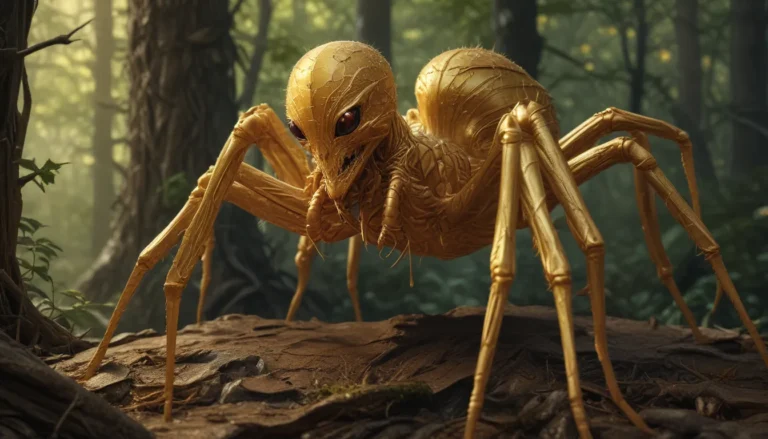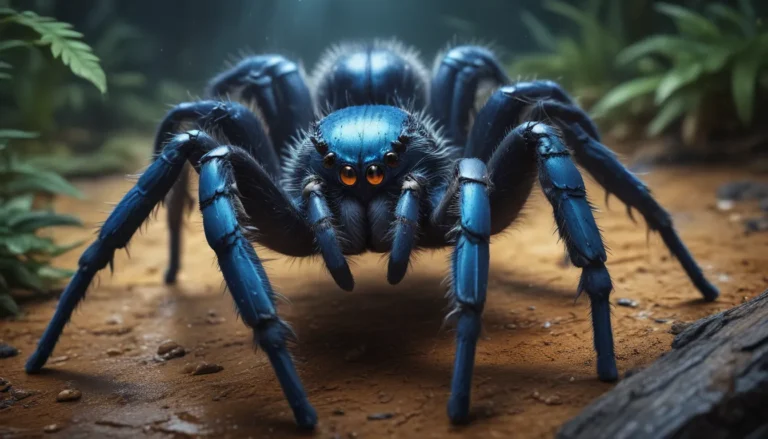The pictures we use in our articles might not show exactly what the words say. We choose these pictures to make you interested in reading more. The pictures work together with the words but don’t take their place. The words still tell you the important facts.
Are you ready to explore the fascinating world of catfish? These enigmatic aquatic creatures have captivated humans for centuries with their unique appearance and behaviors. From their distinctive whiskers to their impressive hunting skills, catfish offer a world of curiosity waiting to be uncovered. In this article, we will delve into 15 incredible facts about catfish that will deepen your appreciation for these remarkable fish. So, let's dive in and discover the secrets that lie beneath the surface!
Catfish: A Diverse World
Catfish are incredibly diverse, with over 3,000 known species inhabiting various aquatic environments around the world. From freshwater rivers and lakes to brackish waters and even some marine environments, catfish have adapted to thrive in diverse habitats.
One of the defining features of catfish is their unique barbels, which resemble whiskers. These sensitive appendages help catfish locate food and navigate their surroundings with precision. Their flattened bodies and downward-facing mouths make them well-suited for scavenging on the riverbed, where they spend most of their time as bottom dwellers.
The Unique and Unconventional Catfish
Some catfish species, such as the electric catfish of Africa, possess a fascinating ability to generate electrical pulses using a specialized organ called the electric organ. These pulses serve various purposes, including navigation, communication, and stunning prey.
Catfish also have an extraordinary sense of taste, with taste buds not only in their mouths but also distributed all over their bodies. This keen sense of taste allows them to detect food even in dark or murky waters, showcasing their remarkable adaptation to their environment.
Impressive Feeding Habits
Catfish are opportunistic feeders with voracious appetites, consuming a wide variety of food ranging from insects to small fish and plant matter. Their adaptability in food choices and ability to consume almost anything they can find make them vital components of aquatic ecosystems.
Some species of catfish, like the Mekong giant catfish, can grow to impressive sizes, reaching lengths exceeding 9 feet and weighing several hundred pounds. Additionally, catfish have been known to live for several decades, with reports of some individuals reaching over 60 years of age.
Communication and Camouflage
In addition to their barbels, catfish communicate through their pectoral fins, using distinctive movements and vibrations to convey messages to other catfish. Many catfish species have evolved patterns and colors that allow them to blend seamlessly with their surroundings, acting as a form of natural camouflage that helps them avoid predators and surprise prey.
Contrary to popular belief, some catfish species exhibit remarkable parental care, guarding and protecting their eggs and young until they are ready to fend for themselves. This nurturing behavior showcases the diverse and complex social dynamics within the catfish community.
Survival Strategies and Special Adaptations
Some catfish species have a unique way of breathing, utilizing a specialized structure called a labyrinth organ to breathe air. This adaptation enables them to survive in oxygen-depleted waters where other fish species may struggle to thrive.
Despite their bottom-dwelling nature, catfish are skilled hunters, with some species like the flathead catfish possessing sharp, needle-like teeth to capture and devour prey with precision. Their exceptional sense of hearing, relying heavily on sound for communication and locating prey, further enhances their hunting prowess in aquatic environments.
Vital Contributors to Aquatic Ecosystems
Catfish play a crucial role in aquatic ecosystems, serving as important links in the food chain and helping regulate populations of other aquatic organisms. Their presence is integral to maintaining the balance and health of freshwater habitats, highlighting their significance in the underwater world.
We hope these fascinating facts about catfish have deepened your appreciation for these incredible creatures. From their diverse adaptations to their impressive hunting skills, catfish continue to fascinate and inspire us with their unique characteristics. Next time you encounter a catfish, take a moment to marvel at the wonders of nature they represent.
Conclusion: A World of Wonder
In conclusion, catfish are captivating creatures that have intrigued humans for centuries. Their unique adaptations, diverse habitats, and important roles in aquatic ecosystems make them fascinating subjects for study and observation. Whether you are an angler, a naturalist, or simply an animal enthusiast, the world of catfish offers endless opportunities for exploration and discovery. Let's continue to appreciate and learn from these remarkable fish as they continue to enrich our understanding of the natural world.
FAQs: Answering Your Questions
- What is a catfish?
-
A catfish is a type of fish belonging to the order Siluriformes, characterized by whisker-like barbels and scaleless bodies.
-
Where do catfish live?
-
Catfish can be found in freshwater habitats such as rivers, lakes, and ponds, with some species also inhabiting brackish and saltwater environments.
-
How big can catfish grow?
-
Catfish sizes vary by species, with some growing several feet long while others may only reach a few inches in length.
-
What do catfish eat?
-
Catfish are opportunistic feeders consuming insects, small fish, crustaceans, and plant matter among other food sources.
-
Are catfish bottom-feeders?
-
Yes, most catfish are bottom-feeders using specialized barbels to locate food in murky waters.
-
Can catfish survive out of water?
-
No, catfish cannot survive for extended periods out of water as they require water to breathe and maintain bodily functions.
-
Are all catfish species edible?
-
While many catfish species are edible, some may not be suitable for consumption due to taste or potential toxicity.
-
How long do catfish live?
-
Catfish lifespan varies among species, with some living several decades and others having shorter lifespans.
-
Do catfish make good pets?
-
Some catfish species can be kept as pets in suitable habitats such as large aquariums or ponds with proper care.
-
Are catfish aggressive?
- While catfish are generally not aggressive towards humans, they can be territorial and protective of their nesting sites or young, requiring caution when handling.
For more fascinating catfish facts, explore behind-the-scenes secrets of the "Catfish" movie or discover unique adaptations of Piraiba catfish and the intriguing characteristics of red-tailed catfish in the aquarium trade.
A Commitment to Quality Content
Our dedication to delivering trustworthy and engaging content is at the core of our mission. Each fact shared on our platform is contributed by real users like you, bringing a wealth of diverse insights and information to our community. Through meticulous review by our dedicated editors, we ensure that the facts we provide are not only fascinating but also credible. You can trust in our commitment to maintaining the highest standards of accuracy and authenticity as you continue to explore and learn with us.
Let the wonders of the natural world continue to inspire your curiosity and appreciation for the incredible diversity of life, starting with the amazing catfish that inhabit our aquatic environments.






